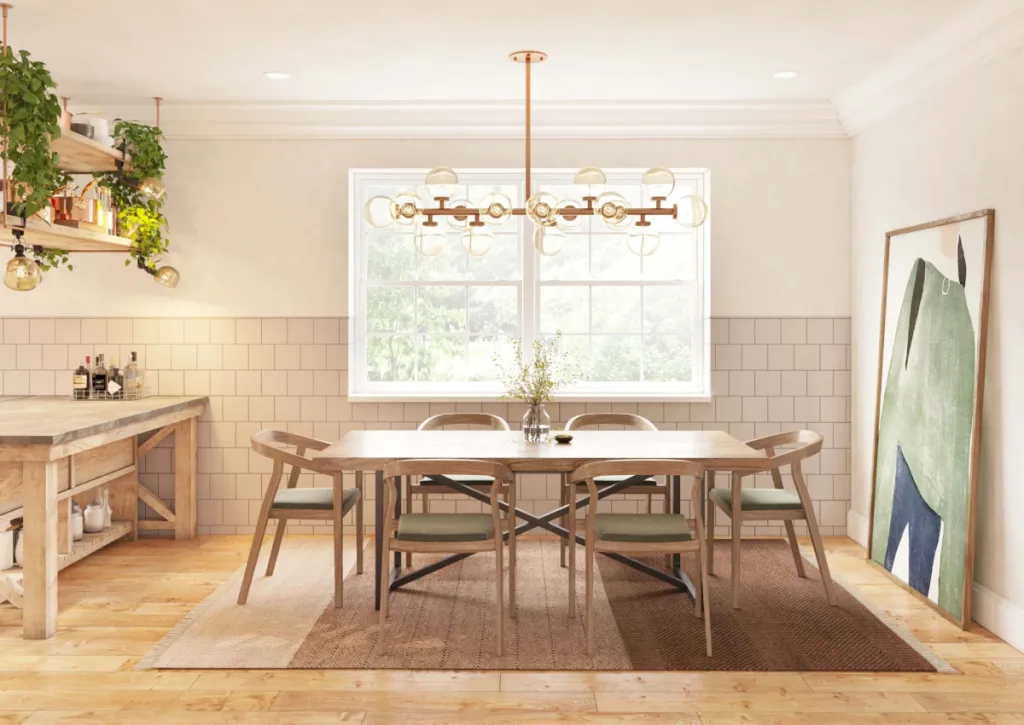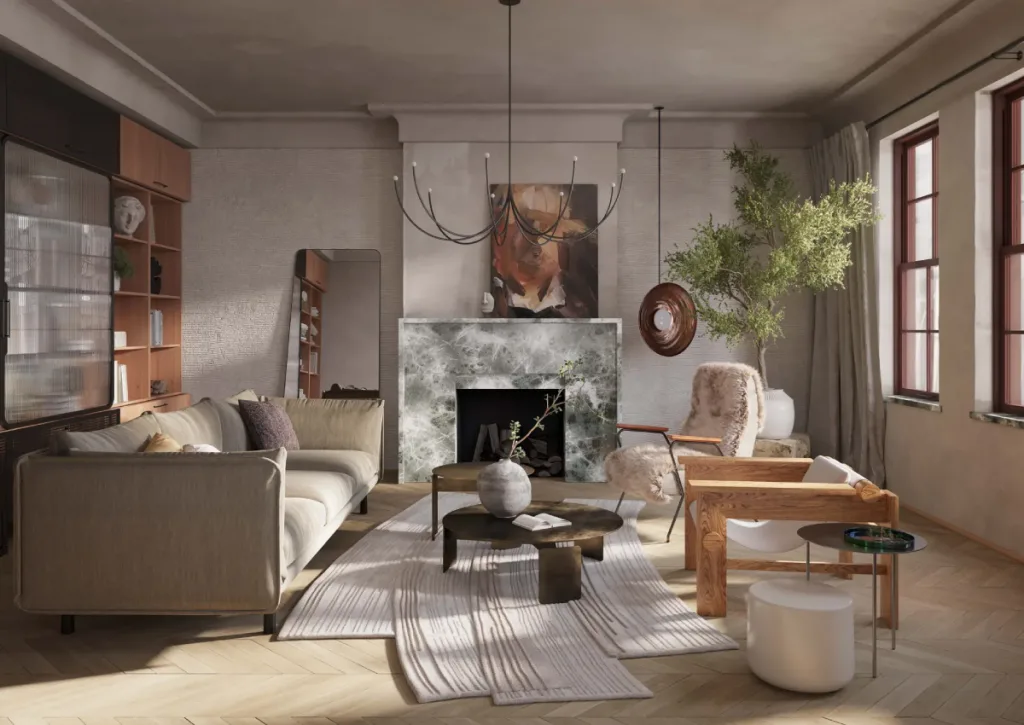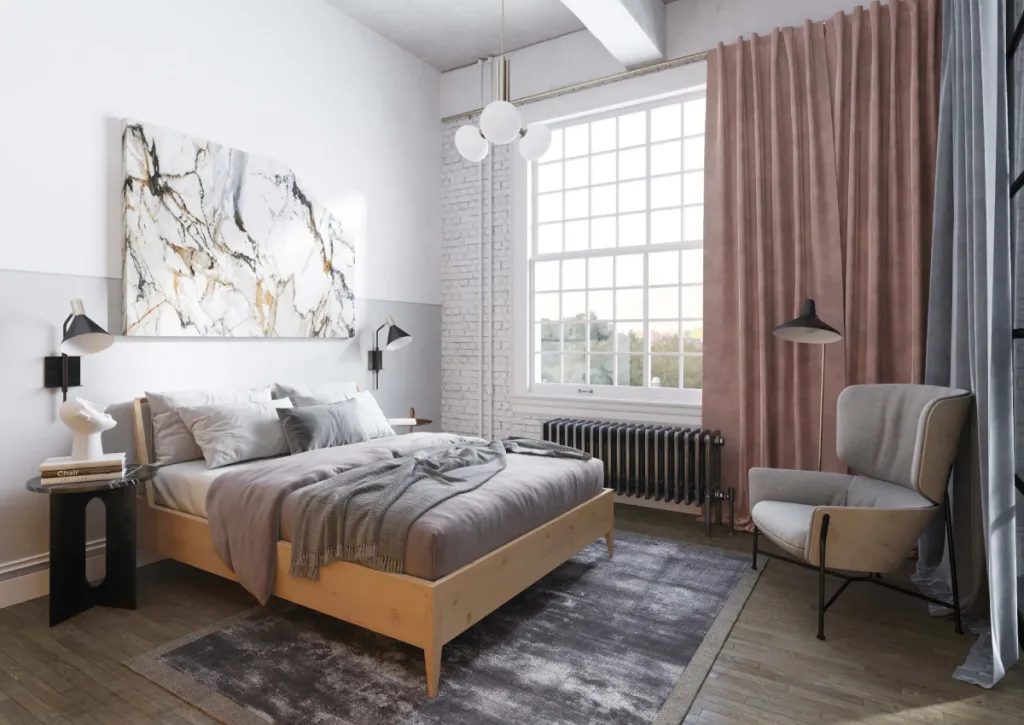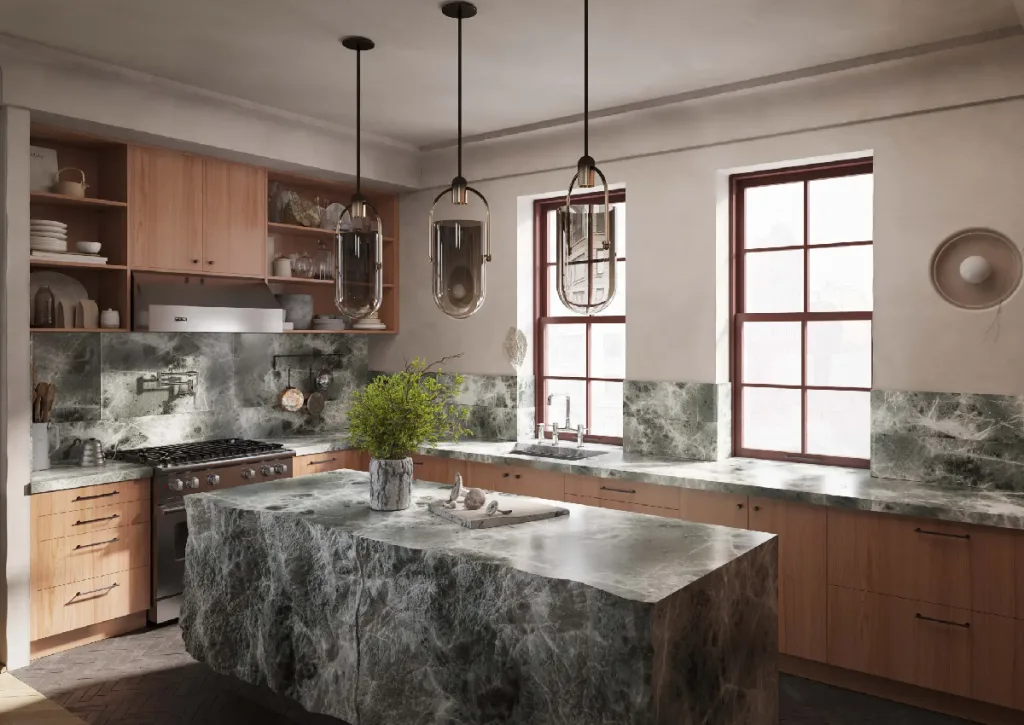This article is brought to you by Arsigh to provide professional insights
Interior design is all about creating a space that reflects your personality, style, and preferences. One of the best ways to achieve this is by incorporating patterns into your decor. Patterns can add depth, texture, and colour to a room, and create a cohesive and visually appealing design. In this article, we’ll explore how to use patterns in interior design by Arsight, and give you some tips and ideas to help you get started.

Scarsdale House project by Arsight
Understanding the Basics of Patterns in Interior Design
Before we dive into the specifics of using patterns in interior design, it’s important to understand the basics. Patterns are a repeating design element that can be found in textiles, wallpaper, rugs, and even furniture. There are a variety of different types of patterns, including geometric, floral, abstract, and stripes, to name a few.
When incorporating patterns into your interior design, it’s important to consider the scale of the pattern, the colour, and the texture. Large patterns can be overwhelming in a small space, while small patterns can get lost in a larger space. It’s also important to consider the colours used in the pattern and how they will interact with other colours in the room.
Choosing Patterns for Your Space
When choosing patterns for your space, it’s important to consider the overall style of the room. If you have a modern space, geometric patterns may work well, while traditional spaces may benefit from more classic patterns like florals or damasks. It’s also important to consider the colour scheme of the room and choose patterns that complement or contrast with the existing colours.
When choosing patterns, it’s also important to think about the purpose of the space. A busy pattern may not be the best choice for a bedroom, where relaxation is the goal, but it could work well in a livelier space like a living room or kitchen.
Mixing and Matching Patterns
As an Interior Designer in Brooklyn NYC, one of the vital aspects of achieving successful pattern utilization in design is skillfully combining and blending various patterns to generate captivating visual appeal, while avoiding overwhelming the space. When incorporating different patterns, it is crucial to carefully assess their scale and colour, ensuring harmonious coordination and synergy between them.
A good rule of thumb when mixing patterns is to choose one dominant pattern, such as a large floral or geometric print, and then mix in smaller patterns that complement it. You can also mix patterns by choosing different textures or materials, such as pairing a floral wallpaper with a striped rug.
Using Patterns in Different Rooms
Patterns can be used in a variety of different rooms to add visual interest and create a cohesive design. Here are some ideas for using patterns in different rooms:
Living Room

Tribeca Apartment project by Arsight
In the living room, patterns can be used to create a cozy and inviting space. Consider incorporating patterns through throw pillows, curtains, and an area rug. Mix and match patterns in complementary colours to create a cohesive look.
Bedroom

Chelsea Apartment project by Arsight
In the bedroom, patterns can be used to create a calming and relaxing atmosphere. Consider incorporating patterns through bedding, curtains, and wallpaper. Stick to a muted colour scheme to create a serene environment.
Kitchen

Tribeca Apartment project by Arsight
In the kitchen, patterns can be used to add a pop of colour and visual interest. Consider using patterned tile backsplash, patterned dishware, and patterned textiles like tea towels and oven mitts.
Bathroom

Chelsea Apartment project by Arsight
In the bathroom, patterns can be used to create a spa-like atmosphere. Consider using patterns on shower curtains, towels, or accent tiles to add visual interest and texture to the space without overwhelming it.
Dos and Don’ts of Using Patterns in Interior Design
While patterns can add visual interest and depth to a space, it’s important to use them in moderation and with care. Here are some dos and don’ts to keep in mind when using patterns in interior design:
Dos
- Do consider the scale and colour of each pattern before incorporating it into a space.
- Do mix and match patterns to create a visually interesting and cohesive design.
- Do consider the purpose of the space and choose patterns accordingly.
- Do use patterns in moderation to avoid overwhelming the space.
Don’ts
- Don’t use too many patterns in one space, as this can create a chaotic and overwhelming design.
- Don’t choose patterns that clash with the overall style and colour scheme of the room.
- Don’t use patterns that are too busy or overwhelming, as this can detract from the overall design.
Conclusion
Incorporating patterns into your interior design can add depth, texture, and visual interest to a space. By understanding the basics of patterns and choosing patterns that complement the style and purpose of the room, you can create a cohesive and visually appealing design.
Insipired by this? See more interior design tips and trends below!
[caf_filter id=’10500′]
